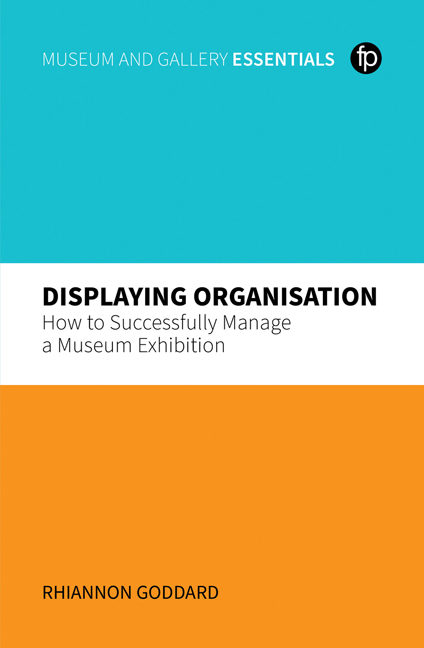Book contents
- Frontmatter
- Dedication
- Contents
- Figures, Tables, Boxes and Case Studies
- About the Author
- Acknowledgements
- Introduction
- PART 1 DEFINING THE PROJECT
- PART 2 PLANNING THE PROJECT
- PART 3 EXECUTING THE PROJECT
- PART 4 TRANSITION
- PART 5 EVALUATING THE PROJECT
- PART 6 KEY PROJECT MANAGEMENT SKILLS
- Bibliography
- Index
5 - Scheme and Detailed Design
Published online by Cambridge University Press: 14 October 2023
- Frontmatter
- Dedication
- Contents
- Figures, Tables, Boxes and Case Studies
- About the Author
- Acknowledgements
- Introduction
- PART 1 DEFINING THE PROJECT
- PART 2 PLANNING THE PROJECT
- PART 3 EXECUTING THE PROJECT
- PART 4 TRANSITION
- PART 5 EVALUATING THE PROJECT
- PART 6 KEY PROJECT MANAGEMENT SKILLS
- Bibliography
- Index
Summary
Introduction
In this chapter we will look in more detail at the design process, examining the activities that take place in scheme design and detailed design. We will also look at how the design stages map onto the architectural project management framework of the Royal Institute of British Architects (RIBA) Plan of Work, so that if the exhibition is part of a larger museum refurbishment or you are using one of the larger design companies you can understand how this framework fits in.
Scheme design
At the scheme design stage things start to be firmed up; the exploratory phase of the design has ended. You have approval for the concept and how you will implement the project. Now the designers will focus in more detail on the chosen option. In this stage they will fix the position of the showcases and start looking in more detail at where AV and graphics will be sited. They will start to design in more detail the display of the objects within the showcases and how those objects that are to be on open display will be presented, and they will consider any interpretive or design elements that you may wish to include. They will start thinking about how the set works might be created and will work with you to develop the concept further, thinking about the materials they will use, the colours and some of the details like where the graphics will go, the position of objects and the design of the set works. They will also consider the services (electrical, data etc.) that will be needed to bring the concept to life. Questions to be considered will include: are the showcases in the right places to get power? Is the floor loading sufficient for that bit of set works? Where will the graphics be sited? What will the colour scheme be? Which materials will work with this design?
It is at this stage that some elements may be prototyped and tested on visitors. The curators and interpretation specialist may start writing some sample text and, with the 2D designer, trying out fonts in the sizes that they think will work in the space so as to get an idea of word counts and how things will look.
- Type
- Chapter
- Information
- Displaying OrganisationHow to Successfully Manage a Museum Exhibition, pp. 77 - 84Publisher: FacetPrint publication year: 2023

